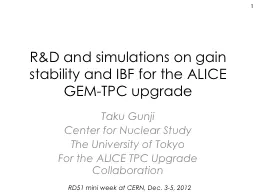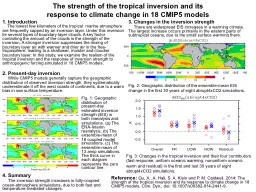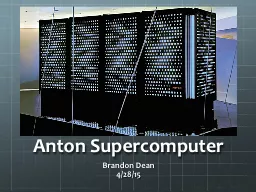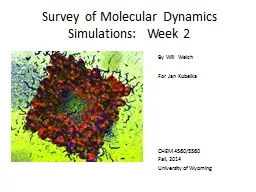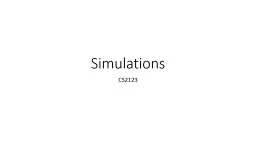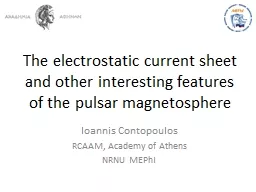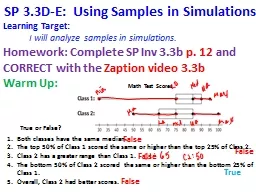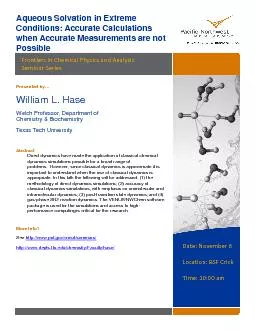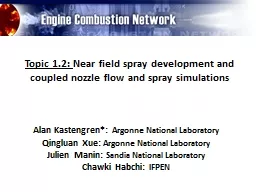PPT-R& D and simulations
Author : magdactio | Published Date : 2020-06-24
on gain stability and IBF for the ALICE GEMTPC upgrade Taku Gunji Center for Nuclear Study The University of Tokyo For the ALICE TPC Upgrade Collaboration
Presentation Embed Code
Download Presentation
Download Presentation The PPT/PDF document "R& D and simulations" is the property of its rightful owner. Permission is granted to download and print the materials on this website for personal, non-commercial use only, and to display it on your personal computer provided you do not modify the materials and that you retain all copyright notices contained in the materials. By downloading content from our website, you accept the terms of this agreement.
R& D and simulations: Transcript
Download Rules Of Document
"R& D and simulations"The content belongs to its owner. You may download and print it for personal use, without modification, and keep all copyright notices. By downloading, you agree to these terms.
Related Documents

